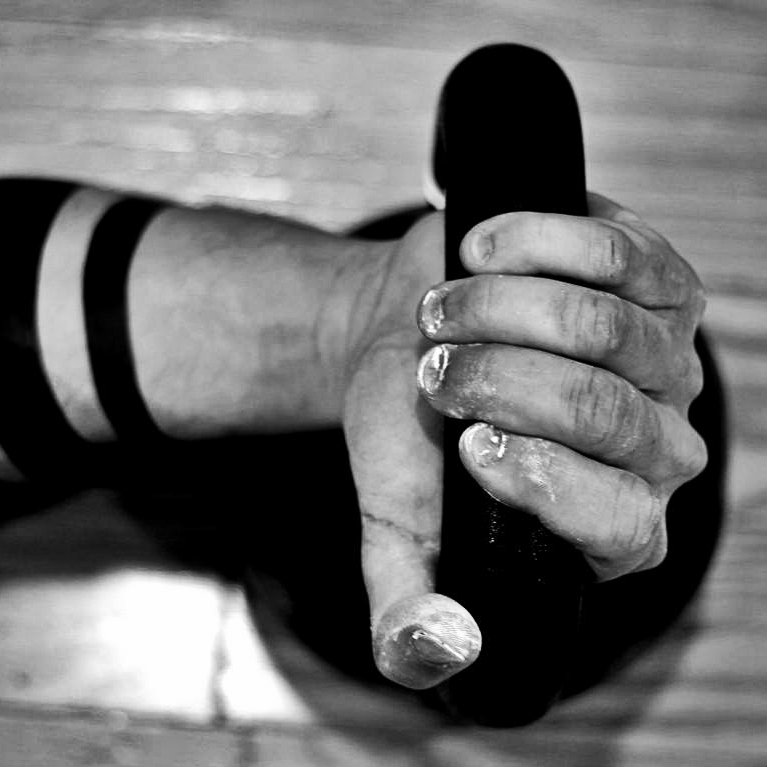Adam R Mundorf
Level 6 Valued Member
Hello StrongFirst,
"I’ve seen many gymnasts capable of planche push-ups do double bodyweight bench presses on their first attempts. Conversely, I’ve never seen a weightlifter capable of doing a double bodyweight bench press even come close to a planche push-up initially." -- Christopher Sommer
What do you think of this quote from Christopher Sommer? The above quote from Christopher Sommer makes me think that calisthenics transfers over to weights but it doesn't go the other way around.
"I’ve seen many gymnasts capable of planche push-ups do double bodyweight bench presses on their first attempts. Conversely, I’ve never seen a weightlifter capable of doing a double bodyweight bench press even come close to a planche push-up initially." -- Christopher Sommer
What do you think of this quote from Christopher Sommer? The above quote from Christopher Sommer makes me think that calisthenics transfers over to weights but it doesn't go the other way around.
- Do you believe that one should achieve a certain level of mastery with just bodyweight before moving onto weights?
- Why do calisthenics seem to transfer over to weights but it doesn't go the other way?
- I've noticed allot of successful StrongFirst instructors have a broad base with calisthenics through military service or sport. @Pavel was in the Russian military. @Rif was a gymnast. @Eric Frohardt was a Navy Seal. @Al Ciampa was in the Army. @Anna C was in the military.
- It just seems to me some of the most successful and notable instructors had a broad base of calisthenics GPP before moving onto the weights.

